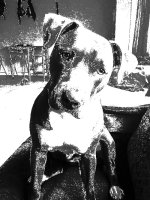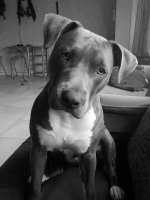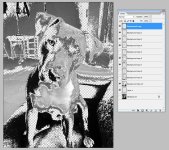BackdoorArts
Senior Member
I wish this was a tutorial, but I'm stumped.
Essentially what I'm trying to do is to create either layers or layer masks that would take Ansel Adams' Zone System and apply it to a digital image, splitting it into the 0-10 light ranges. Luminosity masks can get me part of the way there, but what I can't seem to get are the differences. I'm trying to figure it out, but in the meantime does anyone have/know of a Photoshop Action that will create these zones for me, either as layers or luminosity masks that I can grab? I've got Jimmy McIntyre's action that generates the 18 masks and I can approximate something there, but not exactly.
Essentially what I'm trying to do is to create either layers or layer masks that would take Ansel Adams' Zone System and apply it to a digital image, splitting it into the 0-10 light ranges. Luminosity masks can get me part of the way there, but what I can't seem to get are the differences. I'm trying to figure it out, but in the meantime does anyone have/know of a Photoshop Action that will create these zones for me, either as layers or luminosity masks that I can grab? I've got Jimmy McIntyre's action that generates the 18 masks and I can approximate something there, but not exactly.



